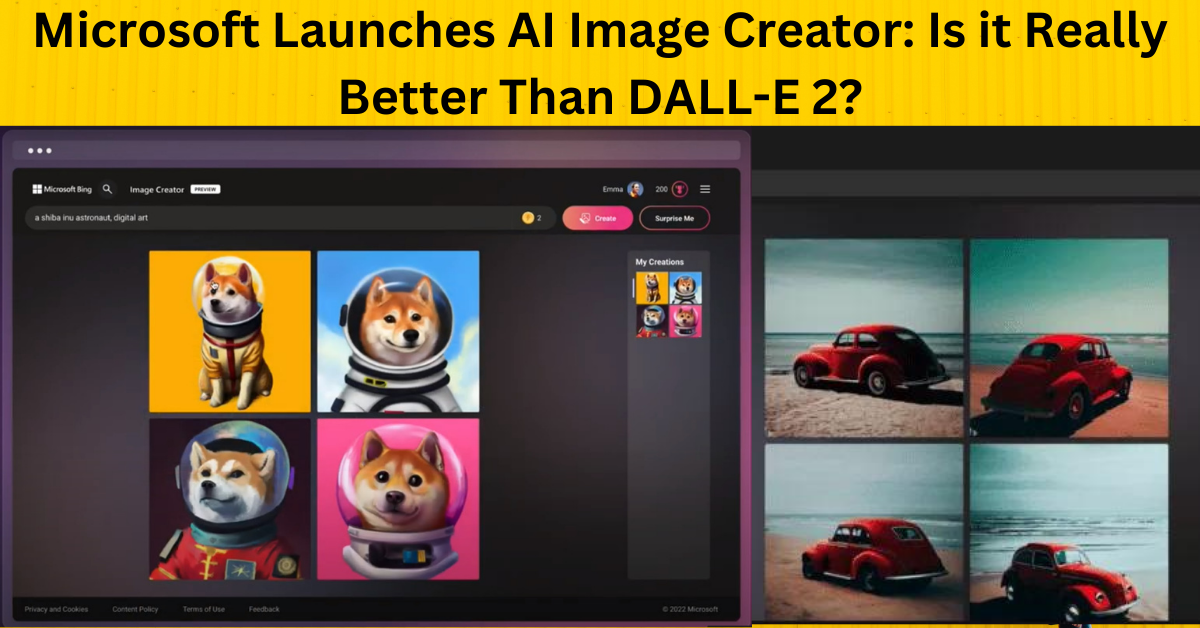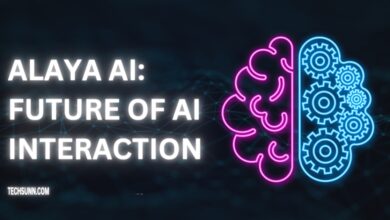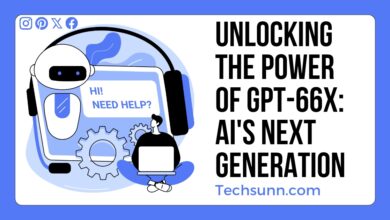Meta Releases AI Image Creation Model I-JEPA
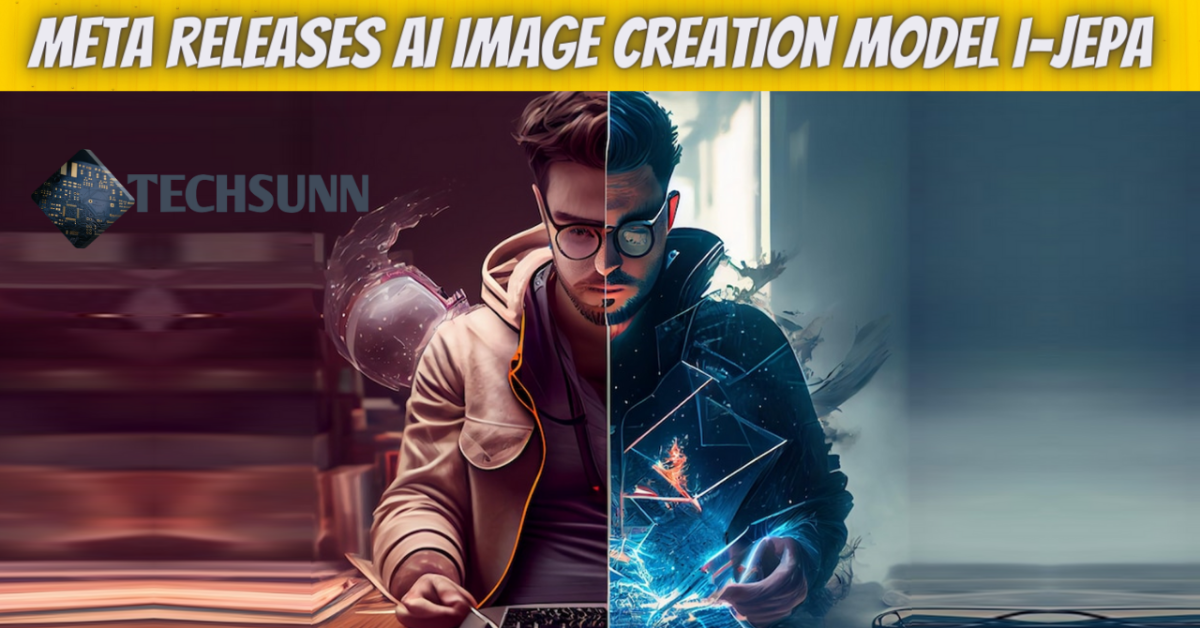
Meta, the parent organization of Facebook and Instagram, has delivered another simulated intelligence picture creation model called I-JEPA. I-JEPA is able to analyze and complete unfinished images more accurately than existing models, thanks to its use of background knowledge about the world. This could have a wide range of applications, from creating realistic marketing materials to generating new ideas for art and design.
Introduction
Meta, the parent organization of Facebook and Instagram, has delivered another simulated intelligence picture creation model called I-JEPA. I-JEPA is able to analyze and complete unfinished images more accurately than existing models, thanks to its use of background knowledge about the world. This could have a wide range of applications, from creating realistic marketing materials to generating new ideas for art and design.
I-JEPA is based on a new type of AI model called a generative adversarial network (GAN). GANs are two brain networks that contend with one another. One network, the generator, is responsible for creating new images. The other network, the discriminator, is responsible for assessing whether an image is real or fake.
I-JEPA uses a GAN to create images that are both realistic and creative. The generator is trained on a massive dataset of real images. This dataset incorporates pictures of individuals, spots, and things from everywhere the world. The discriminator is trained on a dataset of real and fake images. This dataset helps the discriminator to learn to distinguish between real and fake images.
I-JEPA is still in its beginning phases of advancement, however it has proactively shown extraordinary commitment. It has been utilized to make different sensible and innovative pictures, including:
A photorealistic picture of a canine sitting on a seat
A painting of a sunset over a beach
A 3D model of a human face
I-JEPA has the potential to revolutionize the way we create and use images. It could be used to create realistic marketing materials, generate new ideas for art and design, or even create new forms of art. As I-JEPA continues to develop, it is likely to have an even greater impact on the world.
How I-JEPA Works
I-JEPA is based on a new type of AI model called a generative adversarial network (GAN). GANs are two brain networks that go up against one another. One network, the generator, is responsible for creating new images. The other network, the discriminator, is responsible for assessing whether an image is real or fake.
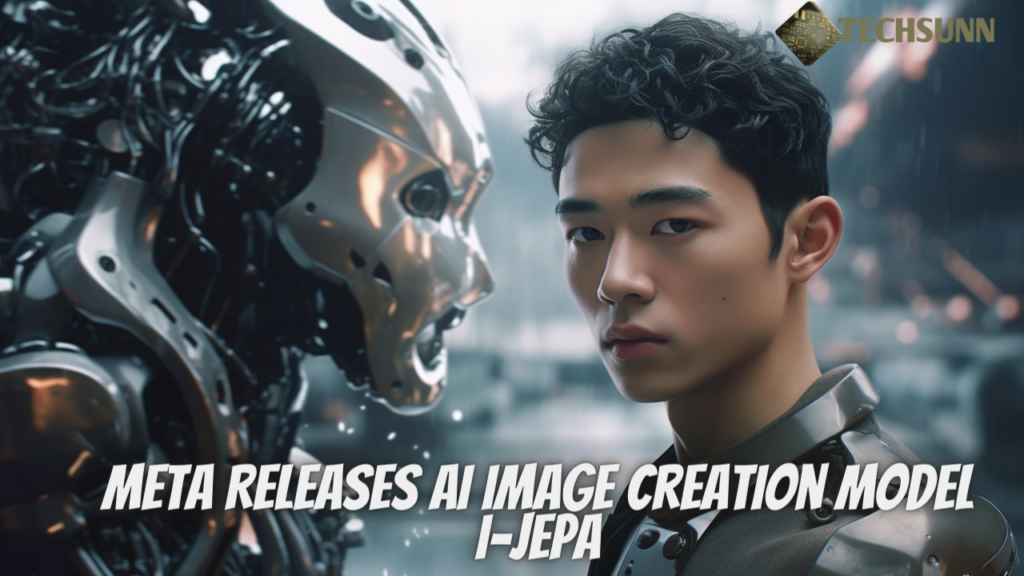
I-JEPA uses a GAN to create images that are both realistic and creative. The generator is trained on a massive dataset of real images. This dataset consolidates pictures of people, spots, and things from wherever the world. The discriminator is trained on a dataset of real and fake images. This dataset helps the discriminator to learn to distinguish between real and fake images.
The Benefits of I-JEPA
I-JEPA has a number of benefits over existing AI image creation models. First, I-JEPA is able to analyze and complete unfinished images more accurately. This is because I-JEPA uses background knowledge about the world to fill in the missing pieces of an image. For example, if an image is missing a person’s face, I-JEPA can use its knowledge of human faces to generate a realistic face.
Second, I-JEPA is able to generate more creative images. This is because I-JEPA is not limited to creating images that are based on real images. I-JEPA can generate images that are completely new and original. This could be utilized to make new promoting materials, produce novel thoughts for workmanship and plan, or even make new types of craftsmanship.
Read Also Artificial Intelligence and the Future of Work
The Future of I-JEPA
I-JEPA is still in its beginning phases of advancement, however it can possibly change the manner in which we make and use pictures. I-JEPA could be used to create realistic marketing materials, generate new ideas for art and design, or even create new forms of art. As I-JEPA continues to develop, it is likely to have an even greater impact on the world.
Microsoft to Coordinate GPT-4 in Office Programming
Conclusion
all in all, Meta’s arrival of I-JEPA is a critical improvement in the field of computer based intelligence picture creation. I-JEPA has the potential to revolutionize the way we create and use images. It is likely to have a wide range of applications, from creating realistic marketing materials to generating new ideas for art and design.
As I-JEPA continues to develop, it is likely to become even more powerful and versatile. It is possible that one day, I-JEPA will be able to create images that are indistinguishable from real images. This could significantly affect the manner in which we cooperate with our general surroundings.
For example, I-JEPA could be used to create realistic virtual worlds that people can explore. This could be utilized for various purposes, like training, amusement, or even treatment. I-JEPA could also be used to create realistic simulations of real-world events. This could be utilized for preparing, like fiasco readiness or military preparation.
The potential outcomes are unfathomable. I-JEPA is a powerful new tool that has the potential to change the world. It is an exciting time to be involved in the field of AI image creation.
Here are some additional thoughts on the potential impact of I-JEPA:
I-JEPA could be used to create new forms of art. Artists could use I-JEPA to generate new ideas and compositions, or to create entirely new forms of art that would not be possible with traditional methods.
I-JEPA could be used to improve the quality of educational materials. I-JEPA could be used to create interactive textbooks, virtual field trips, and other educational materials that are more engaging and immersive than traditional materials.
I-JEPA could be used to improve the quality of healthcare. I-JEPA could be used to create 3D models of organs and tissues, which could be used for training purposes or for surgical planning.
I-JEPA could be used to improve the quality of communication. I-JEPA could be used to create realistic avatars that could be used for video conferencing or virtual meetings. This could assist with further developing correspondence and coordinated effort between individuals who are situated in various regions of the planet.
The potential impact of I-JEPA is vast and far-reaching. It is a thrilling opportunity to be associated with the field of artificial intelligence picture creation, and I’m anxious to see what’s on the horizon for this innovation.
